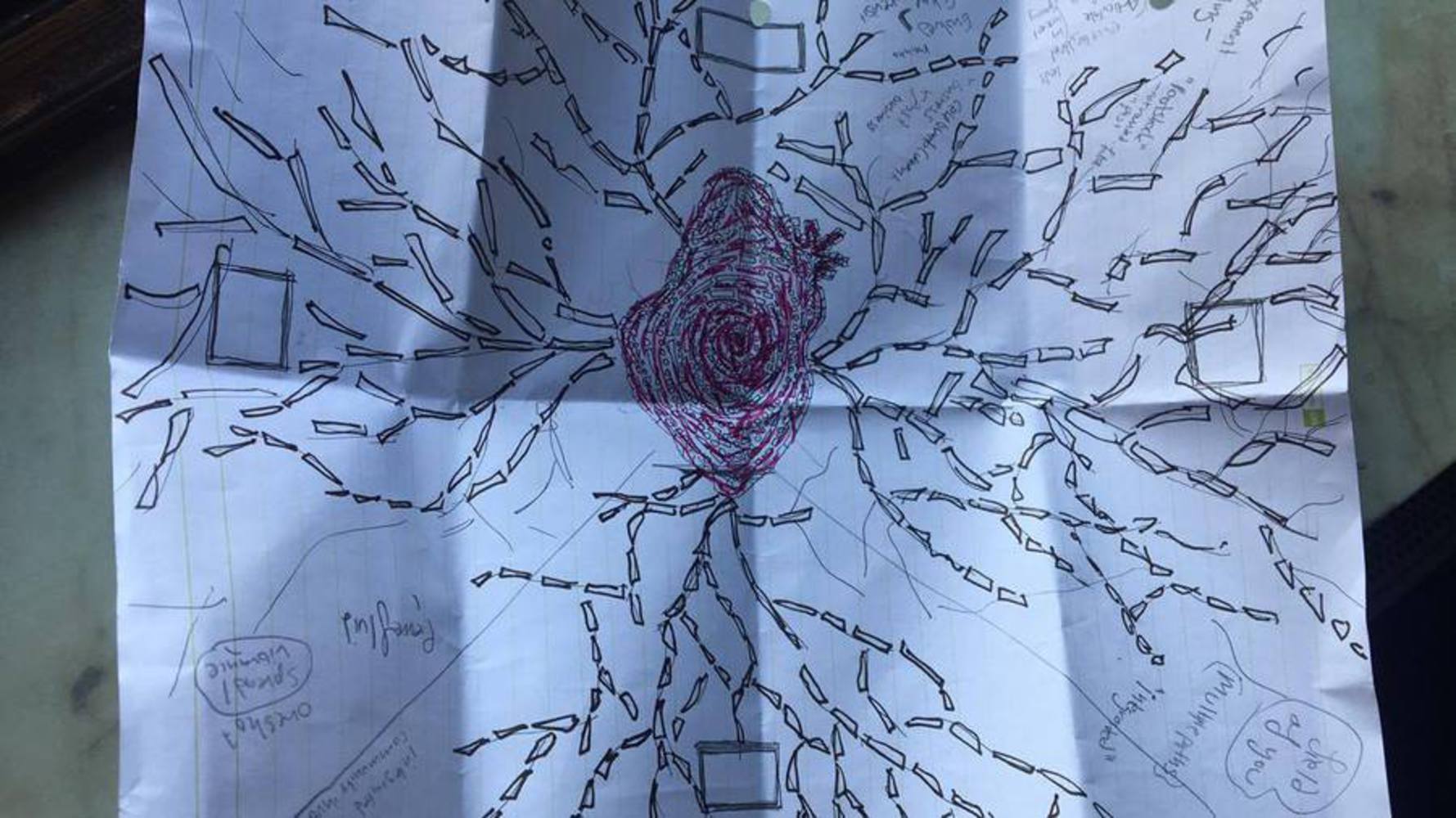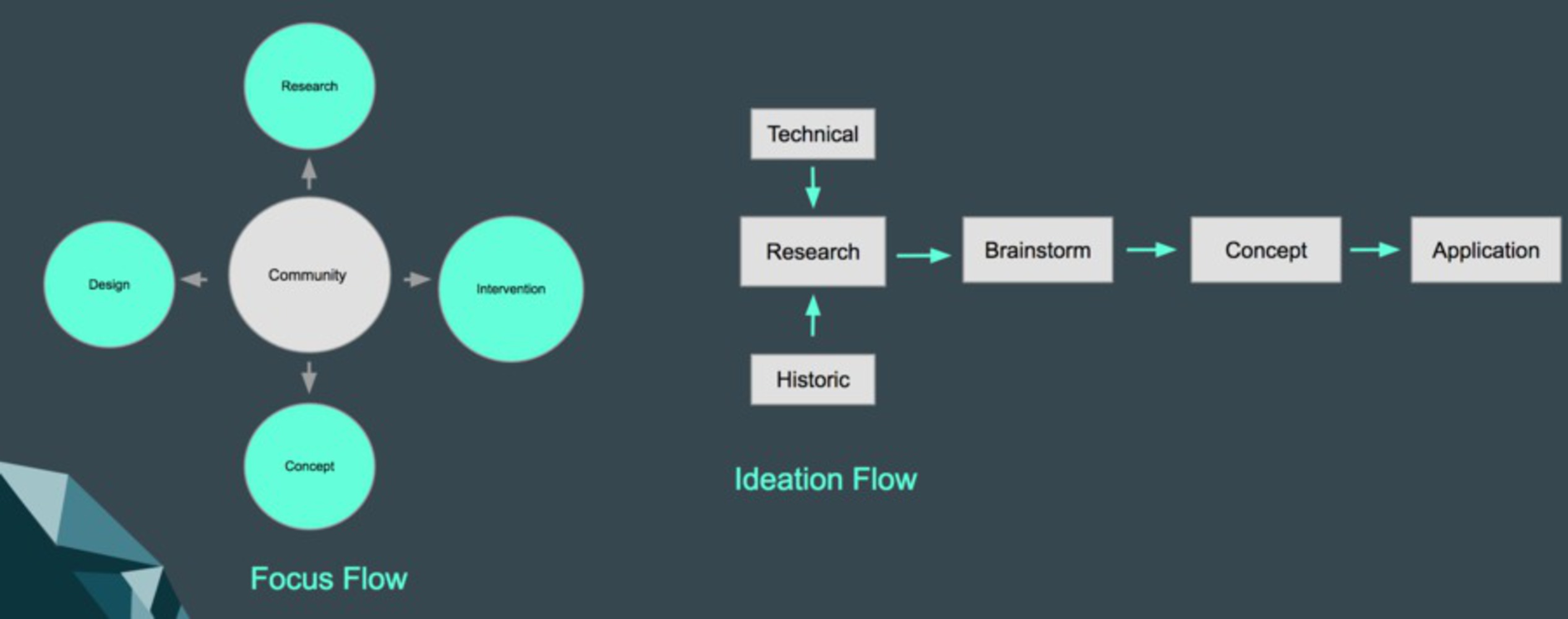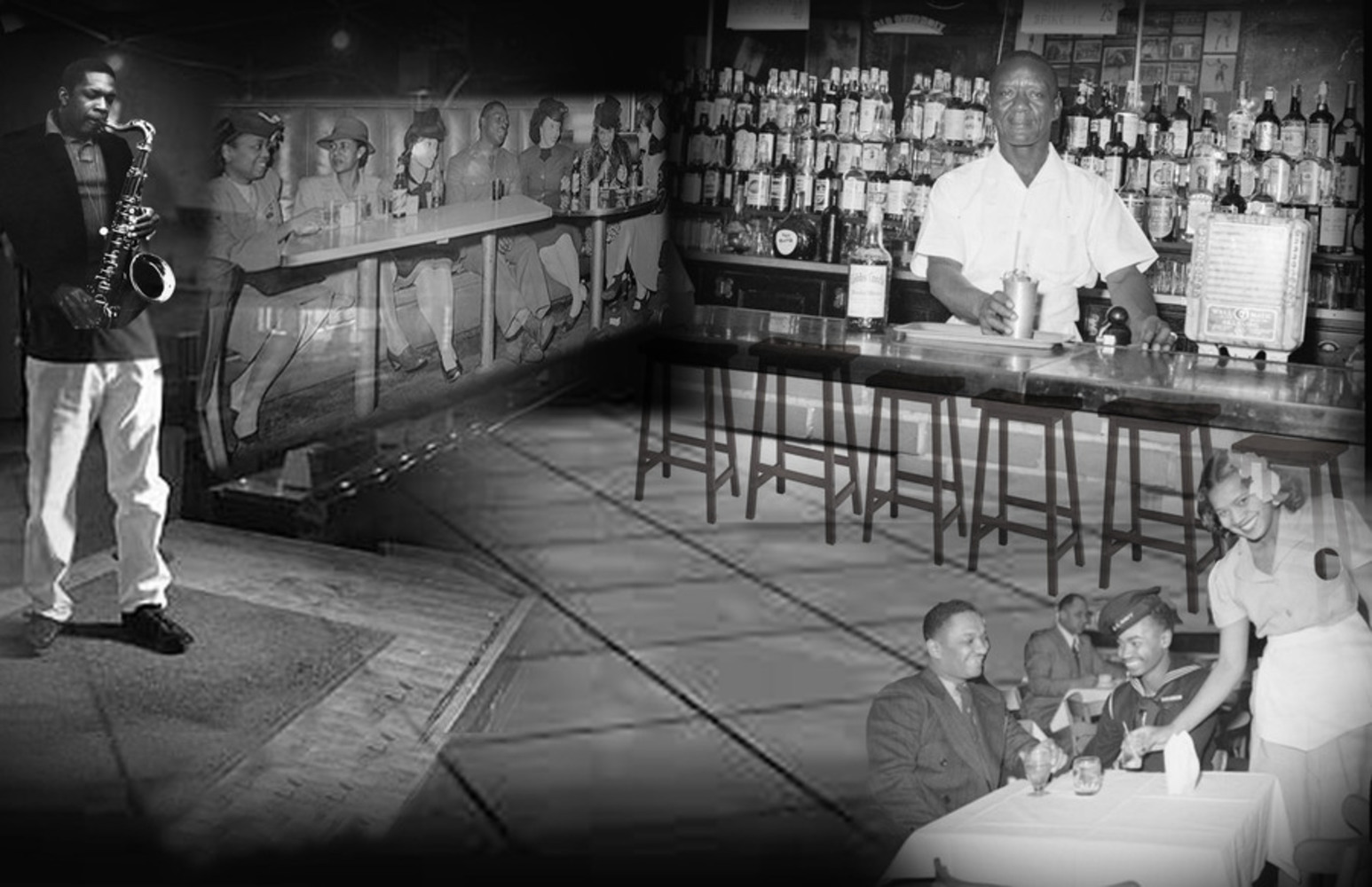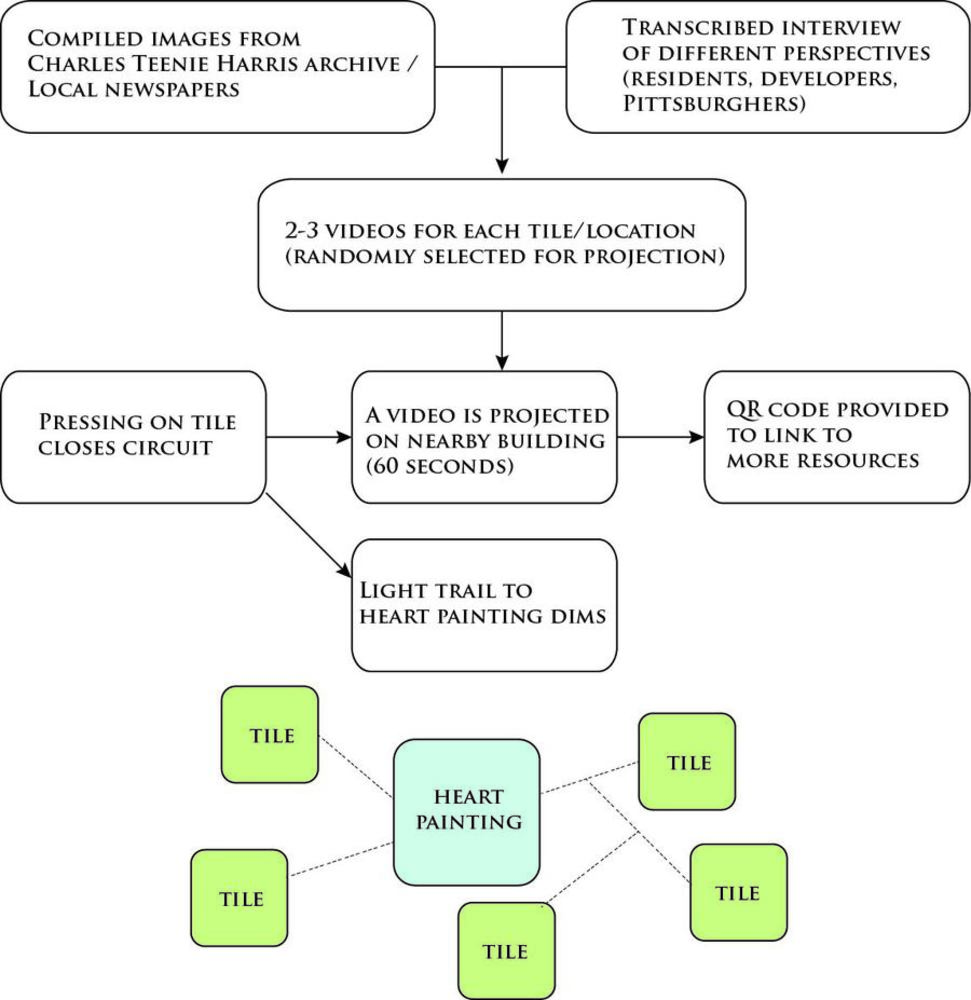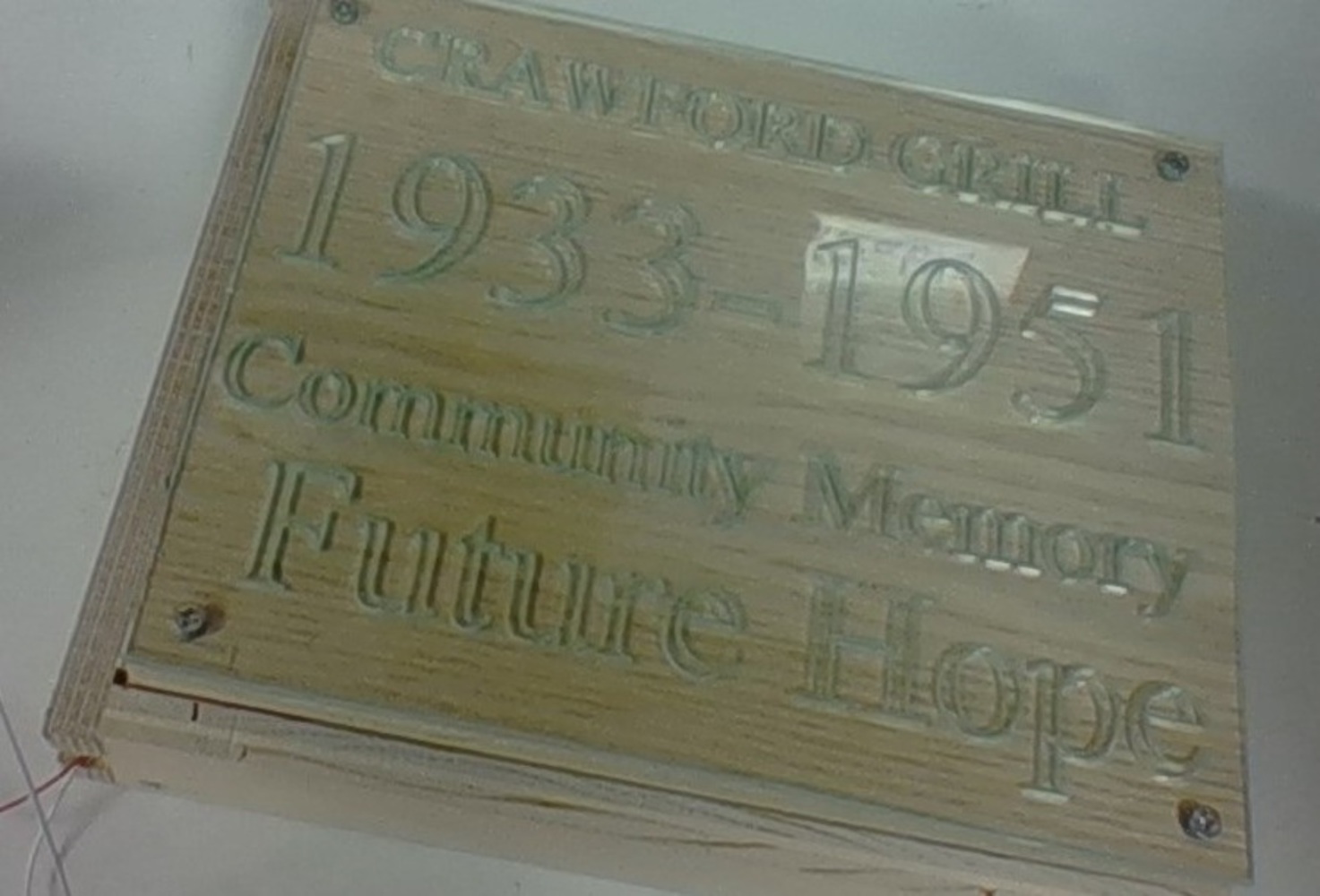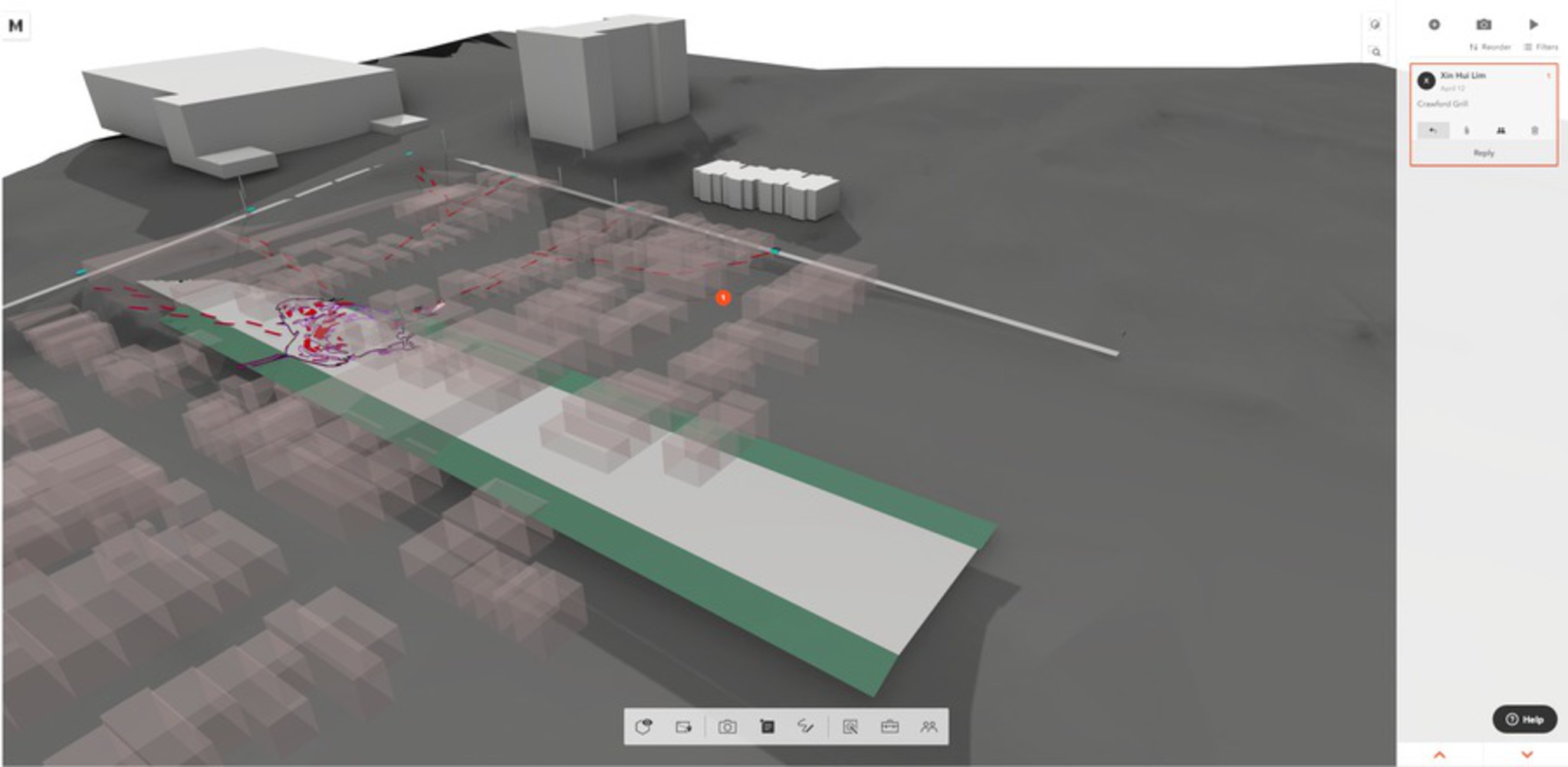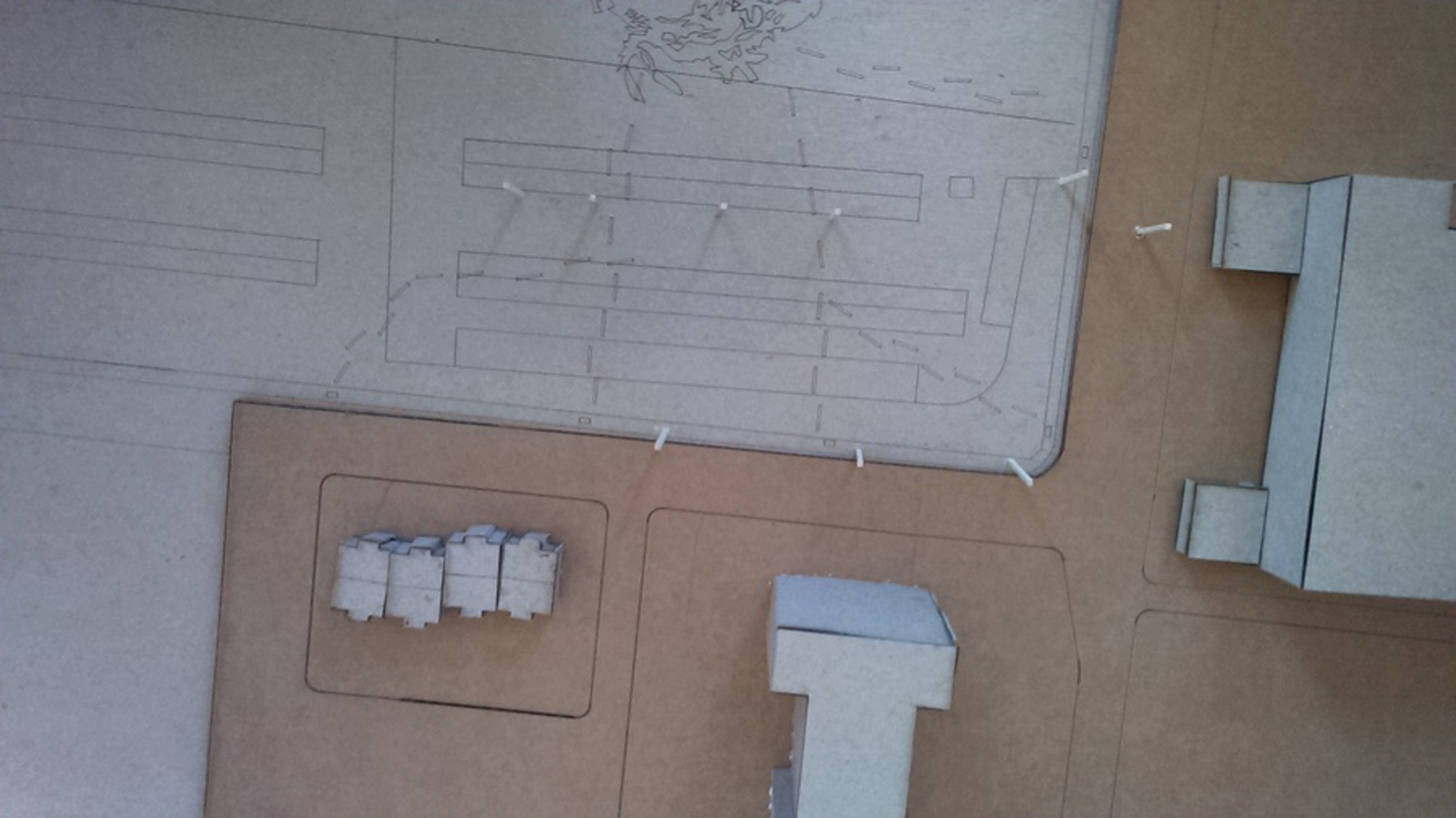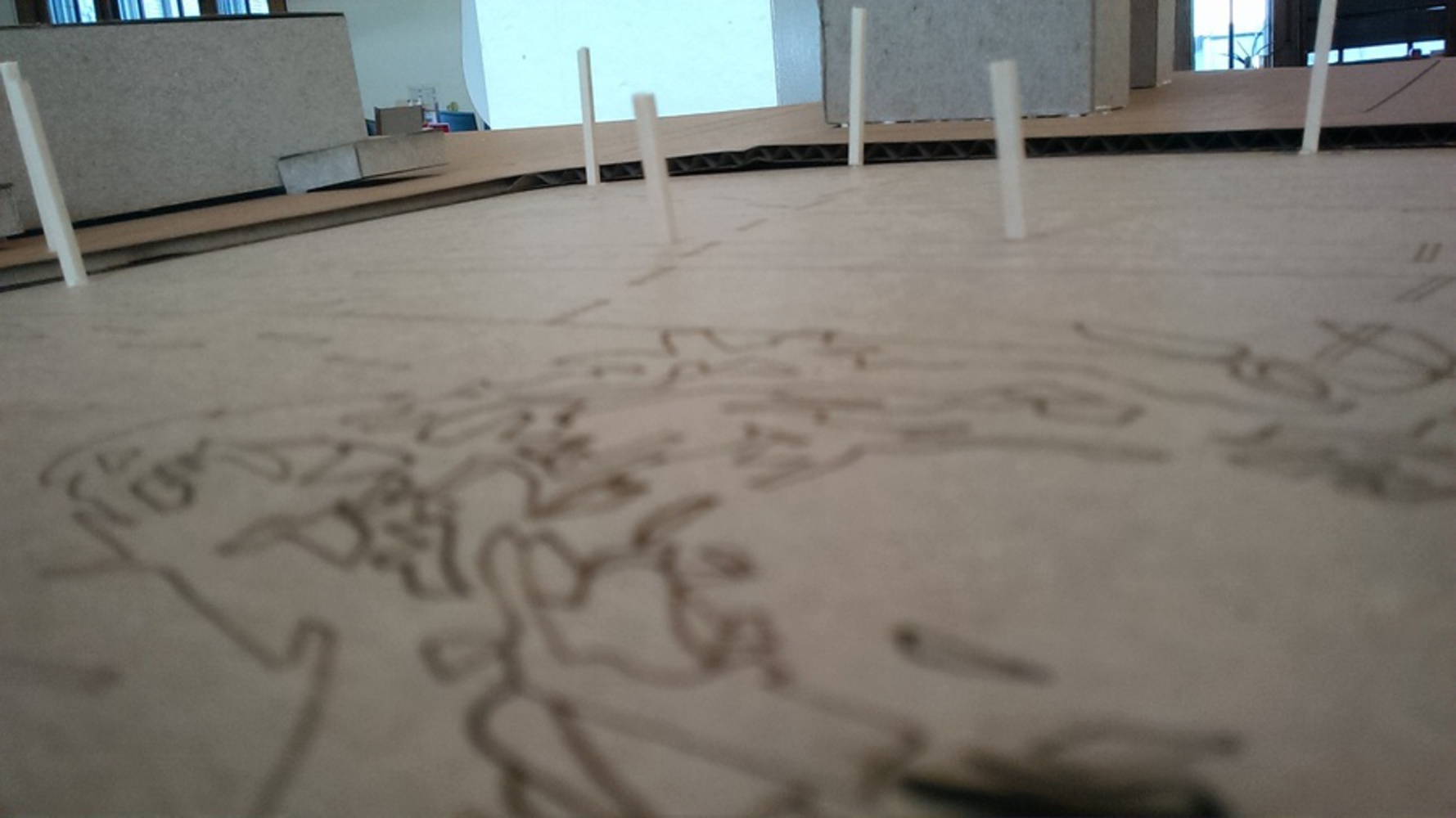Conceptual Design:
Overview:
In looking at different places in Pittsburgh for placing a hybrid memorial, we were interested in exploring social issues, particularly gentrification and urban renewal. In Pittsburgh, the Lower Hill district underwent an "urban renewal" in the 1950s and 60s, causing the displacement of 9,000 residents and dozens of businesses, one of which was the Crawford Grill renown for its various visits by well know performers like Louis Armstrong and John Coltrane. The lack of maintenance and infrastructure of the area had contributed to the negative perception of Lower Hill as a "ghetto," and an area to avoid. The Civic Arena and a supporting parking lot where put in place of rows of houses and business that were demolished. The proximity of the Lower Hill district to Downtown was seen by developers and planners as something that should be capitalized upon -- the Civic Arena was a great place for many events, concerts and became the home for Pittsburgh's professional hockey team, the Penguins. The Civic Arena has been demolished today and been replaced with the Consol Energy center, which is a sought after venue and hosts a variety of events, but there is still an ongoing debate about what should be built there (it is currently a parking lot for PPG Paints Arena).
Meaningfulness and Community:
We feel that the voice of the residents, ex-residents, and business have been underrepresented -- and placing a "meaningful memorial" in the site would hopefully highlight the importance of culture and community, serving not only to educate the public (who park or pass by here when going to events nearby), but also spark conversation about redevelopment plans. by creating this memorial we would make sure that the community makes all the decisions surrounding the building, design, and implementation of the art installation or artwork, because the citizens know the area the best and its history, and would do it justice. We wanted to emphasize that we did not want to impose an outsider's design intervention onto a community that is already very involved and waiting to be engaged in artwork and improving the community.
Project Goal:
By remembering the good memories of the Lower Hill, and emphasizing the cultural value of the place, we can change the narrative for future city planning decisions. We want to help the community achieve the vision they have for their community and believe that they can also influence the change and development that is happening.

